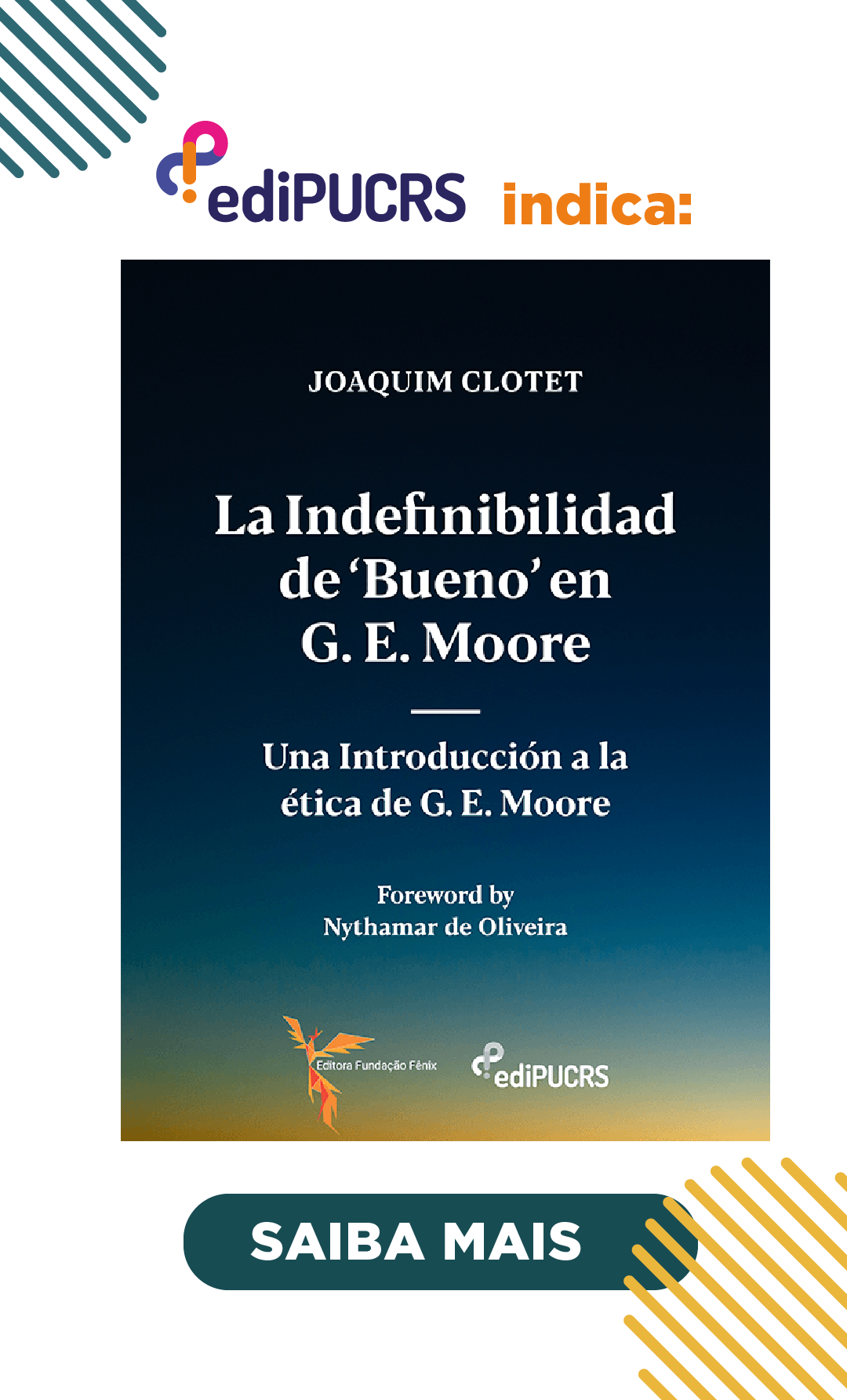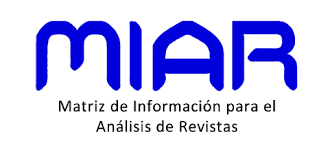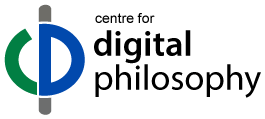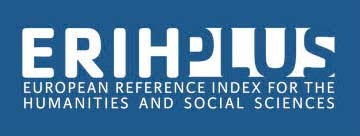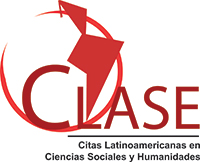Fundamentos neurobiológicos da consciência e a teoria do campo unificado: uma análise filosófica
DOI:
https://doi.org/10.15448/1984-6746.2015.2.21512Palavras-chave:
Consciência. Teoria do campo unificado. Filosofia da neurociência. Filosofia da biologia. Filosofia da mente.Resumo
No presente artigo, analisamos as abordagens de António Damásio e Gerald Edelman sobre a consciência e fazemos um paralelo com as teses apresentadas pelo filósofo John Searle. Recorremos também às críticas dos filósofos Bennett e Hacker como pedras de toque da viabilidade de algumas teses. Desse modo, apresentamos uma revisão sistemática da obra de Damásio, Edelman e Searle, a fim de promover um diálogo produtivo entre as ideias defendidas por estes autores, os quais, segundo nossa interpretação, assumem uma teoria do campo unificado da consciência.
Downloads
Referências
Almeida, A.M.R.; El-Hani, C.N. (2006). Darwinismo neural: Uma extensão metafórica da teoria da seleção natural. Episteme 24: 335-356.
Anderson J.R.; Gallup Jr., G.G. (2011) Which Primates Recognize Themselves in Mirrors? PLoS Biology 9(3):e1001024. doi:10.1371/journal.pbio.1001024. DOI: https://doi.org/10.1371/journal.pbio.1001024
Bennett, M.R.; Hacker, P.M.S. (2008). Philosophical Foundations of Neuroscience. Oxford: Blackwell Publishing.
Damásio, A.R. (1996). O erro de Descartes: emoção, razão e o cérebro humano. São Paulo: Companhia das Letras.
Damásio, A.R. (2000). O mistério da consciência. São Paulo: Companhia das Letras.
Damásio, A.R. (2004). Em busca de Espinosa: prazer e dor na ciência dos sentimentos. São Paulo: Companhia das Letras.
Damásio, A.R. (2010). Self comes to mind: constructing the conscious brain. New York: Pantheon Books.
Edelman, G.M. (1987). Neural Darwinism: The Theory of Neuronal Group Selection. New York: Basic Books.
Edelman, G.M. (1988). Topobiology: An Introduction to Molecular Embryology. New York: Basic Books.
Edelman, G.M. (1989). The Remembered Present: A Biological Theory of Consciousness. New York: Basic Books.
Edelman, G.M. (1998). Biologia da consciência. Lisboa: Instituto Piaget.
Edelman, G.M. (2004). Wider than the sky: the phenomenal gift of consciousness. New Haven and London: Yale University Press. DOI: https://doi.org/10.1172/JCI23795
Edelman, G.M. (2006). Second Nature: brain science and human nature. New Haven and London: Yale University Press.
Edelman, G.M.; Gally, J.A.; Baars, B.J. (2011). Biology of Counsciousness. Frontiers in Psychology 2: 4. DOI: https://doi.org/10.3389/fpsyg.2011.00004
Edelman, G.M.; Tononi, G. (1995). “Neural Darwinism: the brain as a selectional system”. In: Cornwell, J. (Ed.). (1995). Nature’s Imagination: The Frontiers of Scientific Vision. Oxford: Oxford University Press, p. 78-100.
Edelman, G.M.; Tononi, G. (1998). Counsciousness and Complexity. Science 282: 1846-1851. DOI: https://doi.org/10.1126/science.282.5395.1846
Edelman, G.M.; Tononi, G. (2000). A Universe of Consciousness: how matter becomes imagination. New York: Basic Books.
Freud, S. (2004). Pulsões e Destinos da Pulsão. In: Freud, S. (2004). Escritos sobre a psicologia do inconsciente. Trad. L. A. Hanns (Org.). Vol. 1, p. 133-173. Rio de Janeiro: Imago. (Trabalho original publicado em 1915).
Gallup Jr., G.G. (1970). Chimpanzees: Self-Recognition. Science 167(3914): 86-87. DOI: https://doi.org/10.1126/science.167.3914.86
Gazzaniga, M.S.; Heatherton, T.F. (2007). Ciência Psicológica: mente, cérebro e comportamento. Porto Alegre: Artmed.
Kitchen, A.; Denton, D.; Brent, L. (1996). Self-recognition and abstraction abilities in the common chimpanzee studied with distorting mirrors. Proc. Natl. Acad. Sci. USA 93: 7405-7408. DOI: https://doi.org/10.1073/pnas.93.14.7405
LeDoux, J. (2001). O cérebro emocional: os misteriosos alicerces da vida emocional. Rio de Janeiro: Objetiva.
Lyra, C.E.S. (2007). O inconsciente e a consciência: da psicanálise à neurociência. Revista Psicologia USP 18(3): 55-73. DOI: https://doi.org/10.1590/S0103-65642007000300004
Maslin, K.T. (2009). Introdução à filosofía da mente. Porto Alegre: Artmed.
Mulcahy, N. J.; Call, J. (2006). Apes Save Tools for Future Use. Science 312: 1038-1040. DOI: https://doi.org/10.1126/science.1125456
Nagel, T. (1979). Mortal Questions. Cambridge: Cambridge University Press.
Plotnik, J.M.; de Waal, F.B. M.; Reiss, D. (2006). Self-recognition in an Asian elephant. PNAS 103: 17053-17057. DOI: https://doi.org/10.1073/pnas.0608062103
Povinelli, D.J.; Gallup Jr., G.G.; Eddy, T.J.; Bierschwale, D.T.; Engstrom, M.C.; Perilloux; H.K.; Toxopeus, I.B. (1997). Chimpanzees recognize themselves in mirrors. Animal Behaviour 53: 1083–1088. DOI: https://doi.org/10.1006/anbe.1996.0303
Reiss, D.; Marino, L. (2001). Mirror self-recognition in the bottlenose dolphin: A case of cognitive convergence. PNAS 98: 5937-5942. DOI: https://doi.org/10.1073/pnas.101086398
Russon, A.E.; Handayani, D.P.; Kuncoro, P.; Ferisa, A. (2007). Orangutan leaf-carrying for nest-building: Toward unraveling cultural processes. Animal Cognition 10: 189-202. DOI: https://doi.org/10.1007/s10071-006-0058-z
Sacks, O. (1995). “A new vision of the mind”. In: Cornwell, J. (Ed.). (1995). Nature’s Imagination: The Frontiers of Scientific Vision. Oxford: Oxford University Press; p. 101-121.
Searle, J.R. (1998). O mistério da consciência. São Paulo: Paz e Terra.
Searle, J.R. (2000). Consciousness. Annual Review of Neuroscience 23: 557-578. DOI: https://doi.org/10.1146/annurev.neuro.23.1.557
Searle, J.R. (2006). A redescoberta da mente. São Paulo: Martins Fontes.
Searle, J.R. (2010). Consciência e linguagem. São Paulo: Martins Fontes.
Searle, J.R. (2011). The mystery of consciousness continues. The New York Review of Books. In: http://www.nybooks.com/articles/archives/2011/jun/09/mystery-consciousness-continues/
Wittgenstein, L. (2011). Philosophische Untersuchungen. Kritisch-genetische Edition. Herausgegeben von Joachim Schulte. Frankfurt: Wissenschaftliche Buchgesellschaft.
